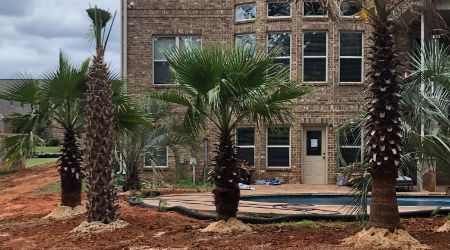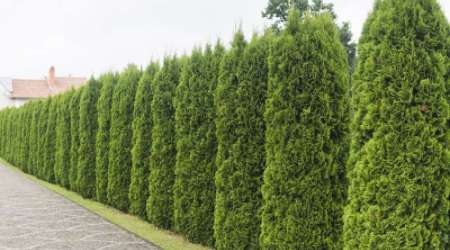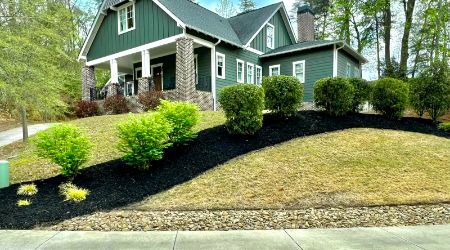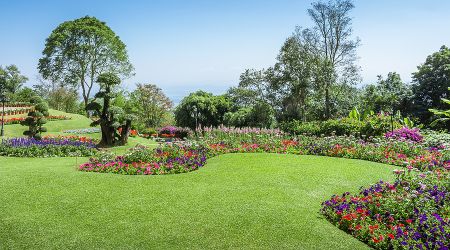The quality and attention to detail is the best I’ve experienced. No other company even comes close!
Installed mulch- Morales offered the best price, excellent communication, and came when they said they would! Mulch was debris free and applied thickly as requested. Thank you!
I had this company install a retaining wall and remove a tree. I had a good experience from contacting them through project completion. Their prices were the best out of 3 different quotes. I have nothing but good things to say about them. They are now my go to landscaping company.
Great job! Very happy with the outcome. Price was the best part. All employees were friendly and took pride in their work! Will definitely use again. Thank you!
Very immaculate & professional; was always available when I needed to contact him.
These guys were AMAZING! Went from overwhelming jungle. To an amazing yard. They were very professional and i would recommend them to anyone looking at projects over their heads, to a simple lawn cut! Thank you so very much!
Morales Landscaping did an outstanding job putting mulch around our home! They are honest & showed up on time. The workers really care and are very conscientious. I cannot say enough good about how impressed I was with how they did the job!
We are beyond happy at how beautiful morales landscaping has made our yard look! Almost an acre of mulch and yard clean up for a fair price. Everyone was professional and knowledgeable. Would highly recommend!





